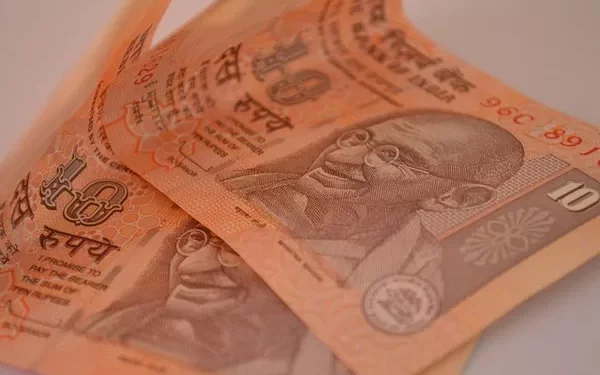On Tuesday, the Indian Rupee (INR) experienced a decline in value attributed to a modest resurgence of the US Dollar (USD). Analysts foresee that ongoing equity outflows could potentially exert selling pressure on the INR, thus limiting any downside movement of the currency pair. Traders are closely monitoring foreign outflows, particularly as overseas investors have predominantly engaged in selling activities since the onset of the fiscal year.
Conversely, the prospect of rate cuts by the US Federal Reserve (Fed) this year, following softer US April inflation data, has weighed on the USD and US bond yields. Furthermore, the sale of Greenbacks by state-run banks, potentially on behalf of the Reserve Bank of India (RBI), may bolster the local currency in the short term. Notably, Indian FX and debt markets will remain closed on Thursday, with market sentiment likely to be influenced by forthcoming remarks from Fed officials. Additionally, anticipation mounts for the outcome of India’s national elections, scheduled for June 4, with exit polls anticipated following the final phase of elections on June 1.
Market Analysis Highlights: Indian Rupee under Pressure Amidst Equity Outflows
Foreign investors have divested Indian equities exceeding $3 billion in May, marking the largest monthly outflow since January 2023. Moreover, bond yields are expected to decrease following India’s announcement of a reduction in Treasury bill supply by 600 billion rupees over the next six weeks until the end of June, as reported by Reuters.
India Ratings and Research’s lead economist, Sunil Kumar Sinha, projects a GDP growth rate of 6.7% for the March quarter, with expectations of approximately 6.9-7% growth for the fiscal year 2023–24. Additionally, the United Nations (UN) has revised India’s growth projections for 2024 to 6.9%, up from the previously projected 6.2% in January, with the Indian economy anticipated to expand by 6.6% in 2025.
Financial markets have factored in a 76% likelihood of a 25 basis points (bps) rate cut by the Fed in September and two cuts by the year’s end, according to the CME FedWatch Tool.
Technical Analysis: USD/INR Outlook Maintains Positivity
The Indian Rupee experienced a weakening trend during the trading session. Despite this, the bullish outlook for USD/INR remains intact, with the pair positioned above the crucial 100-day Exponential Moving Average (EMA) on the daily chart. However, a potential bearish bias could emerge if the pair breaches below the key EMA and the neckline of the Head and Shoulders pattern formed since March 21. The 14-day Relative Strength Index (RSI) hovers in bearish territory around 47.30, indicating the possibility of further downside movement.
Initial resistance for USD/INR is anticipated near the right shoulder level of 83.54 (May 13 high), with a break above potentially invalidating the Head and Shoulders pattern. Subsequent resistance levels lie near the April 17 high at 83.72.
Conversely, key support is identified in the 83.20–83.25 region, representing the convergence of the neckline and the 100-day EMA. A breach of this level may lead to a decline towards the psychological level of 83.00, followed by the January 15 low at 82.78.




























